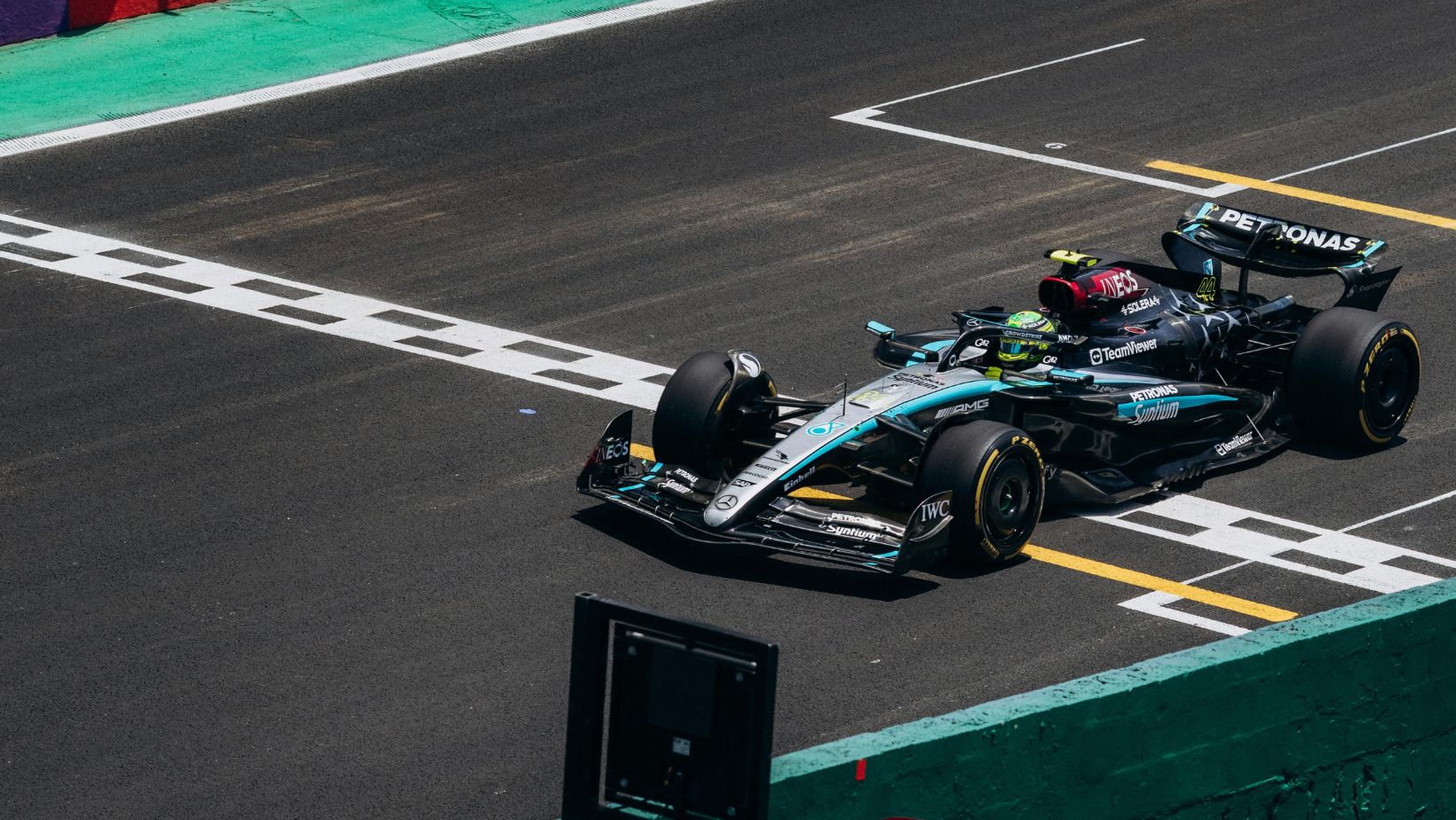There is a street in Monte Carlo. It folds into itself and narrows until the cars look like toys jammed between stone walls. People stand on balconies with glasses in their hands. Some of them watch while others don’t. The track has no kindness in it. You can walk it in half an hour, but you won’t understand it unless you have seen what happens when a driver taps the barrier and the suspension breaks like a dry twig.
You think you know Formula One until you try to bet on this race. You think you can pick a winner because you saw the odds on a Friday, but by Sunday afternoon the odds have twisted themselves out of shape due to a yellow flag, a locked brake or a missed apex. Nothing stays still here. This is what makes Monaco the strangest laboratory in motorsport betting.
The qualifying trap
There is a rule in this race — qualifying rules everything. When you watch the cars on Saturday, you can see it. Each driver drags every last fragment of grip out of the tires because if you start behind, you finish behind. There is nowhere to pass, so you can spend 78 laps looking at the same rear wing.
Bettors who try to predict the winner before qualifying often find their slips shredded by Saturday evening. No one wants to admit how fragile the projections are. The pole position at Monaco is the key in the lock. If the pole-sitter keeps it clean into the first corner, the race becomes something close to a procession. However, the procession can stop at any second.
The illusion of predictability
Sometimes you look at the list of winners and you see big names, such as Senna, Prost and Schumacher. It looks like order, but it isn’t. Under the surface, the thing can break in ways no one plans. A loose wheel nut, a mistimed pit stop or the race director waving a red flag because someone smacked the barriers at the swimming pool can rewrite the entire story.
People who bet here know this, or they learn. They learn when the leader pits and a safety car shows up right then. They learn when a backmarker can’t reverse out of the runoff and blocks half the track. The lesson is simple — your ticket is never safe.
The geometry of the track
The corners have names, but they might as well be warnings. Sainte Dévote. Mirabeau. The Hairpin. You hear commentators call them by habit, but the names don’t capture what it feels like to watch a car slip wide and catch the Armco barrier.
This geometry makes the usual betting patterns useless. On a circuit with long straights, you can trust in overtakes and undercuts. Here, you wait for an error or for the pit window to open. You wait for something to fail. It feels slow when you watch it on television. In the cockpit, it isn’t slow.
The start and the first lap
The first corner decides a lot of money. The run into Sainte Dévote is short. If a driver starts on the dirty side of the track, the wheels spin. The driver on the clean line keeps moving. If there is contact, you see carbon fiber scatter across the road.
Once the cars come out of the tunnel, the braking zone into the chicane is cold. You can lose a front wing there or even the whole car. Bettors stare at the timing screens, waiting to see which names stay in green and which turn grey.
It isn’t always the fastest car that makes it through clean.
Tires and the false calm
Tire degradation doesn’t run the show here as the surface is smooth and the corners are tight. One pit stop, maybe two if the rain comes or if a safety car arrives at the wrong moment. Due to this, the race can feel like a formality once the leaders pit and rejoin in clear air.
This is the trap. The false calm. You see the gaps and you think you can predict them, but Monaco doesn’t care what you think. A backmarker will always appear where you least expect. A blue flag will hang from a marshal’s hand, or someone will overcook a braking zone. You will remember that every bet here is a gamble in the truest sense.
When it rains
Rain doesn’t tap politely. It hits the barriers and drags the cars across the painted lines. Drivers who look composed in the dry will spin into the Tecpro.
In wet conditions, the grid loses meaning. You will see a midfield driver up front because they gambled on the right tires and you will see a championship contender limp around with no grip.
If you are betting, you check the radar until the last minute. You don’t trust the weather forecasts, instead you watch the sky over the harbor.

The people who win here
There are drivers who never figure out Monaco. They brake too late or can’t feel where the car ends. Others thrive in it. They stay calm when the walls tighten around them and understand how to build heat in the tires.
When you bet on Monaco, you study those names. Not just the fastest over a lap, but the ones who keep the car intact. You look for the drivers who can take 78 laps of this place without blinking. Understanding the key Formula 1 betting markets can give you an edge when placing your bets, especially on a track as unpredictable as Monaco.
Bettors who dig into Monaco-specific upgrades or pay close attention to practice session data sometimes spot value in backing midfield drivers to land in the top six or top 10.
For deeper guidance on reading Monaco-specific betting markets, askgamblers.com offers insights on how to approach these wagers without getting blindsided by a track that always has one more twist.
Final thoughts
Every May, the same story repeats. The yachts fill the harbor; the crowd gathers above the barriers and the engines echo off the buildings.
Some bettors will try to impose logic and look for patterns, but they will see what they want to see. Others will accept the truth that this place doesn’t reward certainty. It rewards patience and respect for the randomness that never stops moving.
If you’re going to wager on Monaco, watch it carefully. Study qualifying, wait for the start and keep your hand steady. The more you know about the sport, the better your betting edge will be.

